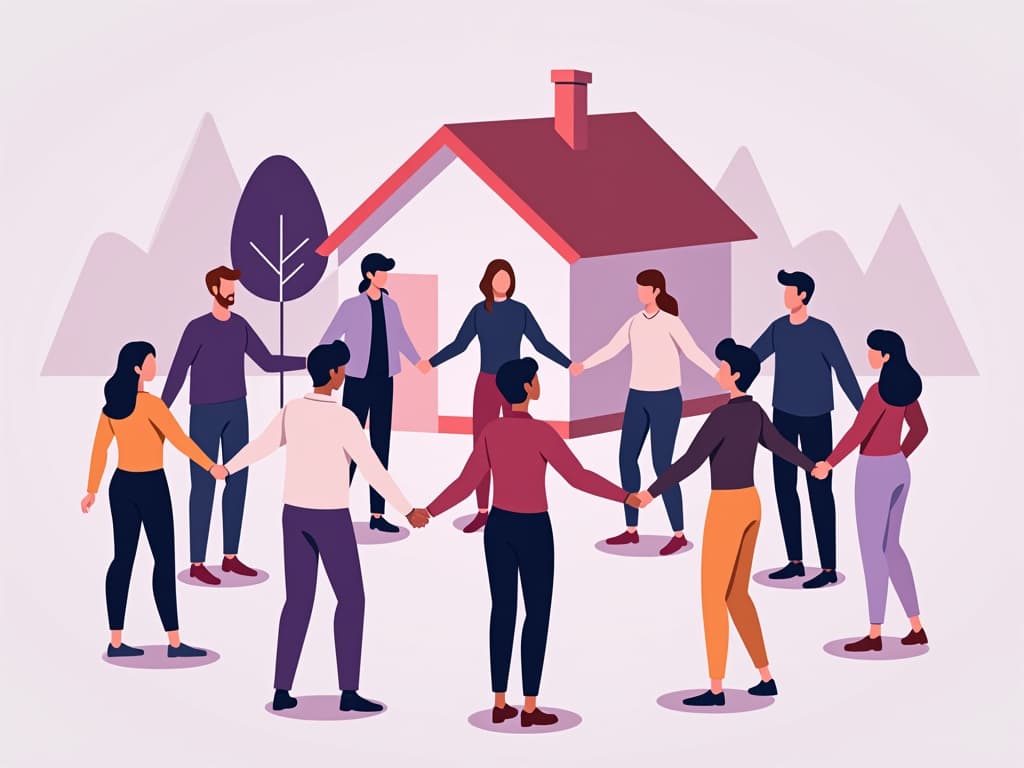NDIS Insight
ndis
Updated • v2
Innovative NDIS Housing Models: Co-Living and Smart Homes 2025
Updated 8/19/2025
Explore 2025 updates on NDIS housing innovations like co-living and smart homes, focusing on new guidelines, funding, and technologies.
7 min read

ndis
disability-support
NDIS housing
co-living
smart homes